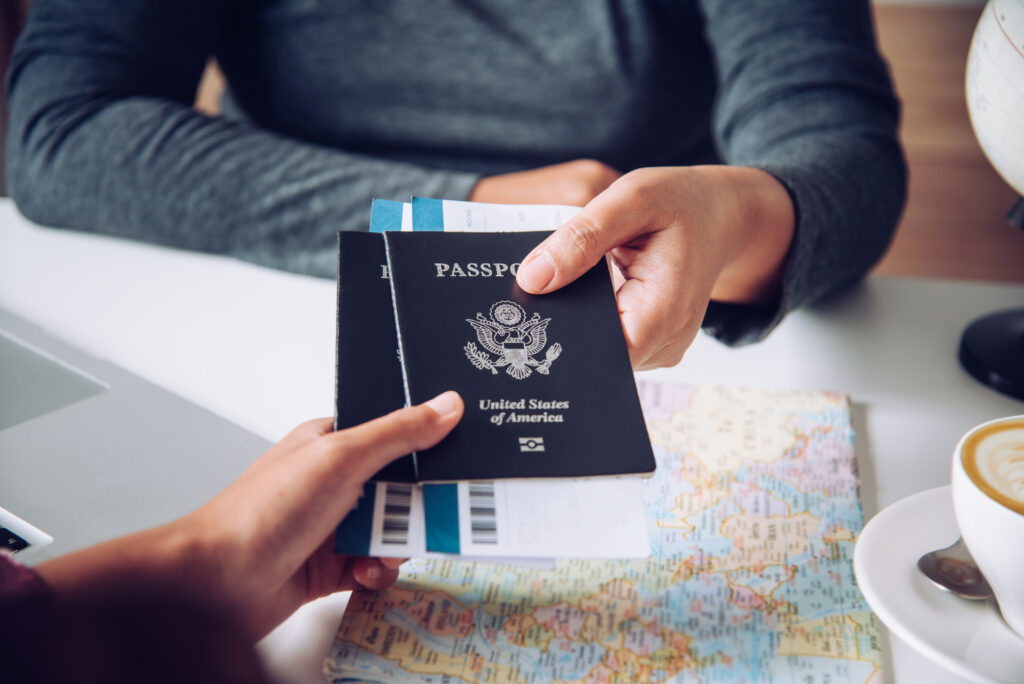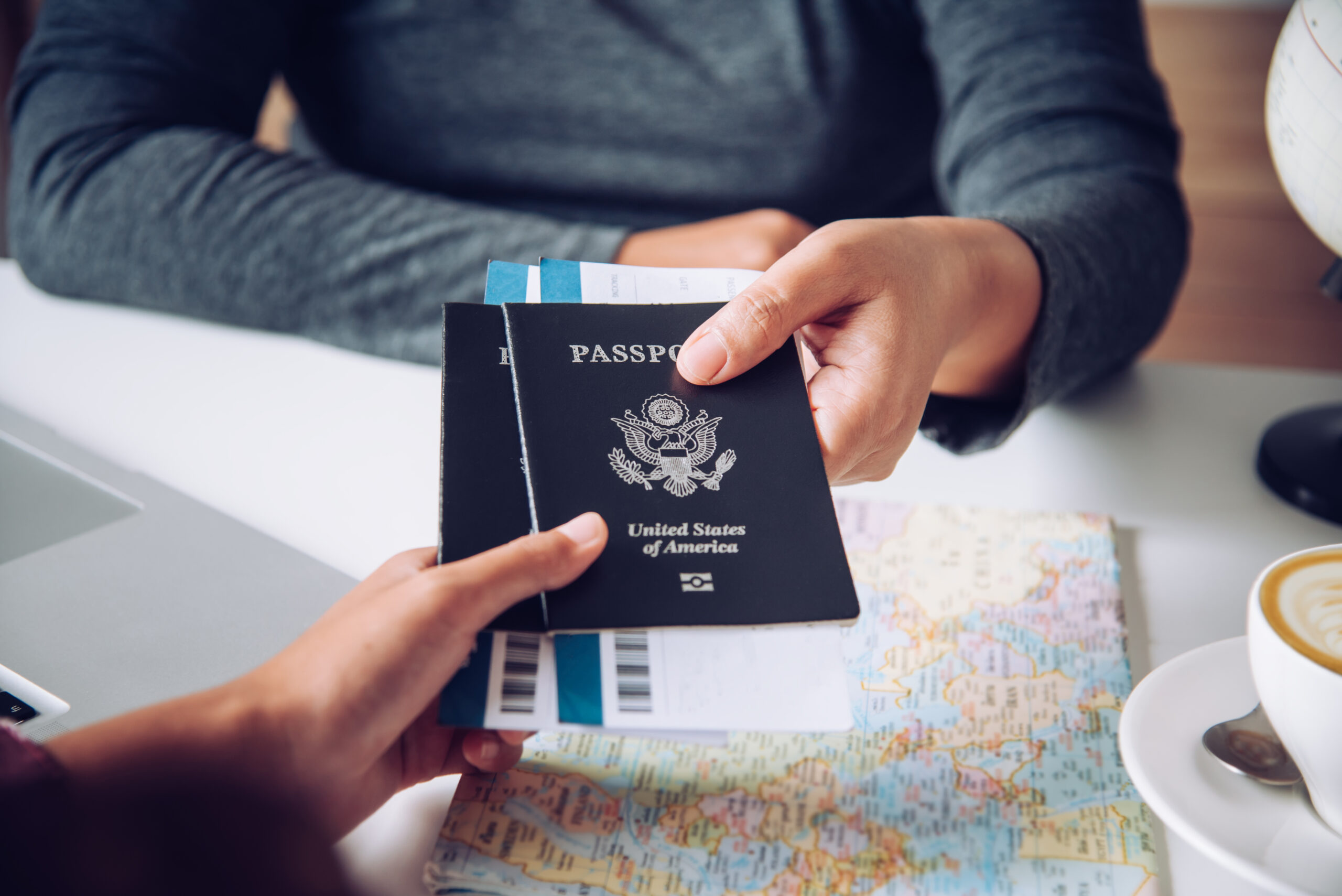Understanding Your Journey from Green Card Holder to U.S. Citizen
For many lawful permanent residents (Green Card holders), becoming a U.S. citizen through naturalization is the ultimate goal. Citizenship grants significant rights and responsibilities, including the right to vote, hold certain government jobs, and travel with a U.S. passport. The process involves filing Form N-400, Application for Naturalization, and meeting several eligibility requirements related to residency, physical presence, character, and knowledge of U.S. civics.
While the journey can seem complex, understanding the key steps involved can make it more manageable. This article outlines five essential steps in the N-400 naturalization process, providing clarity for aspiring citizens.

1. Confirming Your Eligibility (Age, Residency, Time as LPR)
Before even starting Form N-400, you must confirm you meet the basic eligibility criteria. Generally, you must:
- Be at least 18 years old at the time of filing.
- Be a lawful permanent resident (LPR) of the United States.
- Meet specific continuous residence and physical presence requirements.
Most applicants must have been an LPR for at least five years immediately preceding the date of filing Form N-400. However, spouses of U.S. citizens may be eligible after only three years as an LPR if they meet additional requirements (like living in marital union with the citizen spouse).
Certain exceptions also apply for members of the U.S. military. You must also demonstrate residence in the USCIS district or state where you apply for at least three months prior. USCIS offers a helpful Naturalization Eligibility Tool to check your potential eligibility based on your situation.
2. Meeting Continuous Residence and Physical Presence Requirements
These two requirements are often confused but are distinct.
- Continuous Residence: This means you have maintained residence within the United States for the required period (typically 5 or 3 years) since becoming an LPR. Absences from the U.S. of more than six months but less than one year may disrupt continuity unless you can prove ties weren\’t broken. Absences of one year or more will automatically break continuity (unless specific exceptions apply, like approved N-470 for certain employment abroad).
- Physical Presence: This refers to the total number of days you were physically present in the United States during the required period. Generally, you must show you were physically present in the U.S. for at least half of the required residency period (e.g., 30 months out of 5 years, or 18 months out of 3 years).
Carefully track your travel dates outside the U.S. as you will need to list them on Form N-400. Details are available on the USCIS Citizenship pages.

3. Demonstrating Good Moral Character
Applicants for naturalization must demonstrate they have been, and continue to be, a person of good moral character (GMC) during the statutory period (usually the 5 or 3 years before filing) and up until they take the Oath of Allegiance. USCIS reviews your conduct and criminal record. Certain crimes automatically bar you from establishing GMC (e.g., murder, aggravated felonies).
Other offenses or actions might temporarily prevent you from establishing GMC, requiring you to wait until the issue falls outside the statutory period or is resolved. Examples include failure to pay child support, failure to file taxes, certain criminal convictions, lying to obtain immigration benefits, or unlawful voting. Be truthful and complete in disclosing your history on Form N-400.
If you have concerns about past issues, consulting an attorney is highly recommended. Explore options for overcoming inadmissibility with our guide on Overcoming Barriers: 5 Key Insights into I-601 & I-212 Waivers.
4. Passing the English and U.S. Civics Tests
Unless exempt due to age and time as an LPR, or due to a qualifying medical disability (Form N-648), you must demonstrate an understanding of the English language (reading, writing, speaking) and knowledge of U.S. history and government (civics).
- English Test: Your ability to speak English will be assessed during the interview. You will also be asked to read and write simple sentences in English.
- Civics Test: You will be asked up to 10 questions from a list of 100 possible civics questions. You must answer at least 6 questions correctly to pass (or 12 out of 20 for the 2020 version, if applicable).
USCIS provides extensive study materials for both tests on their Citizenship Resource Center. Preparation is key to passing these tests during your naturalization interview.

5. Completing the Application (Form N-400), Interview, and Oath
The final steps involve accurately completing and filing Form N-400, attending a biometrics appointment, appearing for the naturalization interview, and, if approved, taking the Oath of Allegiance.
- Form N-400: This form collects detailed information about your eligibility, background, residence, employment, family, and travel history. Filing online is often recommended. Ensure you include all required supporting documents (e.g., copy of Green Card, photos, fee payment).
- Interview: At the interview, a USCIS officer will review your application, ask questions about your eligibility and background, and administer the English and civics tests.
- Oath Ceremony: If approved, the final step is attending a ceremony where you take the Oath of Allegiance to the United States, officially becoming a U.S. citizen.
Feeling overwhelmed by the N-400 form? Schedule your consultation with D’Alessio Law Group today and receive a $100 discount!

Becoming a U.S. citizen is a significant milestone. The naturalization process, while detailed, is achievable by meeting the eligibility criteria, demonstrating continuous residence, physical presence, and good moral character, passing the required tests, and successfully completing the application and interview. Careful preparation and understanding each step are essential for a smooth journey.
Ready to take the final step towards citizenship? Book a consultation with D’Alessio Law Group now and get $100 off!



